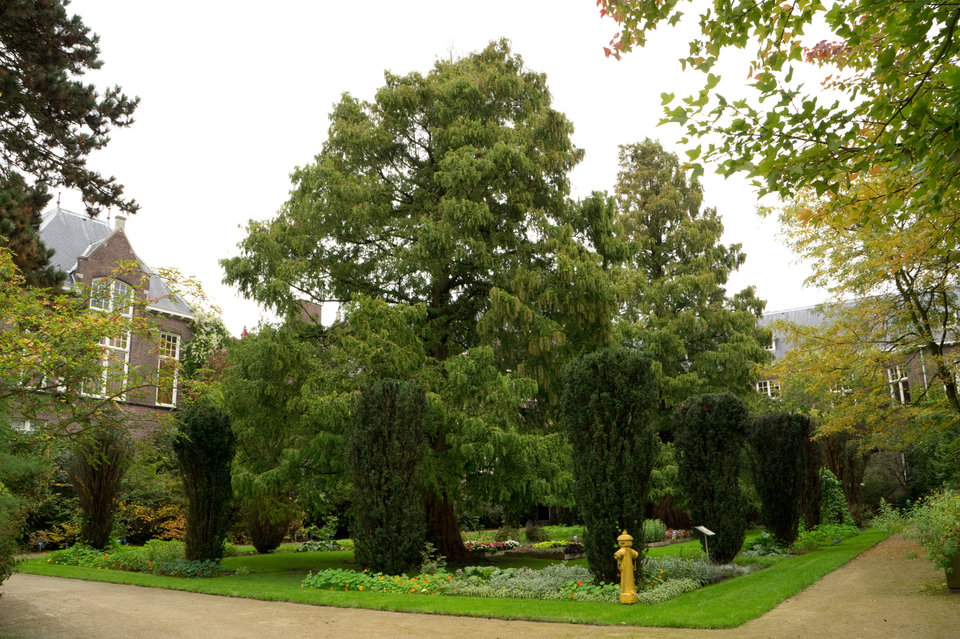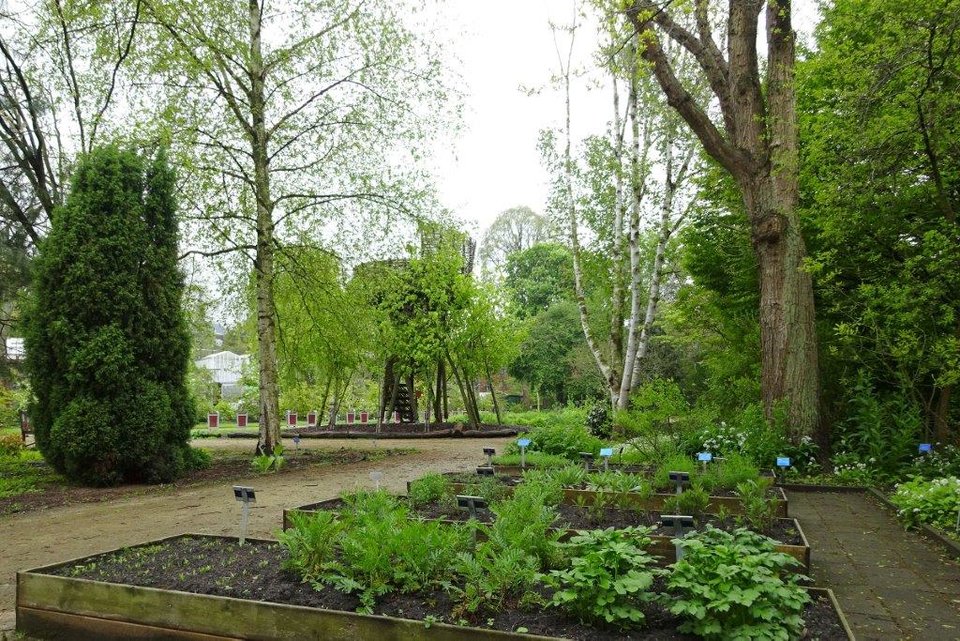A walk through the garden
The TU Delft Hortus Botanicus was created in 1917 to cultivate plants for botanical research and education. The focus was on "technical" plants that could somehow be brought to industrial applications, especially tropical fibers and rubber. Today, the collection of our garden, which is approximately 2.5 ha in size, still mainly consists of plants that can be of some use to humans. Plants are technically very ingenious and still, perhaps even more and more, a source of inspiration for innovations and applications. If you look closely you will see those applications indicated on the labels on the plants.
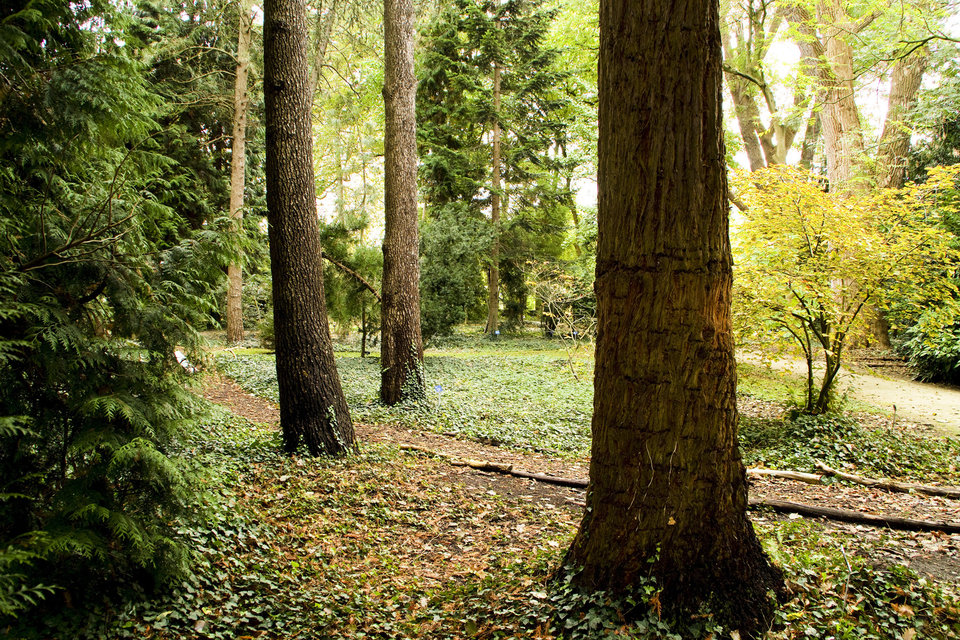
Arboretum
You enter the Hortus via the new entrance and first walk through the Arboretum (tree garden) with its collection of deciduous and coniferous trees, some of which are over 100 years old! On your left you now see the rock garden where snowdrops, hyacinths and lilies of the valley bloom in spring. Many alpine plants from various continents also grow here. Walk straight ahead and them turn left towards the glasshouses.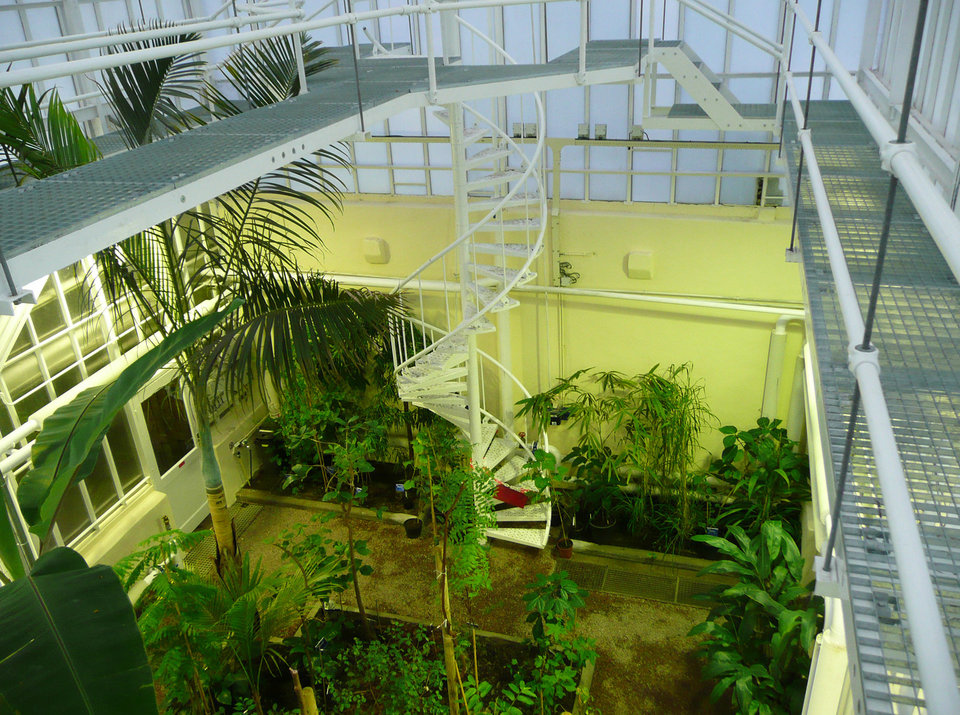
Orangery, education centre and greenhouse complex
At the front left of the square is a small greenhouse, the Orangery, which gives shelter to our tub plants in winter and houses the summer exhibition in summer. Across the square is our education centre for workshops and exhibition. Enter the greenhouse complex through the orange door to the right. Tropical plants such as banana, coffee and kapok grow in the largest Van Iterson greenhouse. In the subtropical part you can find tea, cinnamon and camphor. And in summer you’ll find Mediterranean cork oak, citrus fruits, strelitzias and palm trees outside.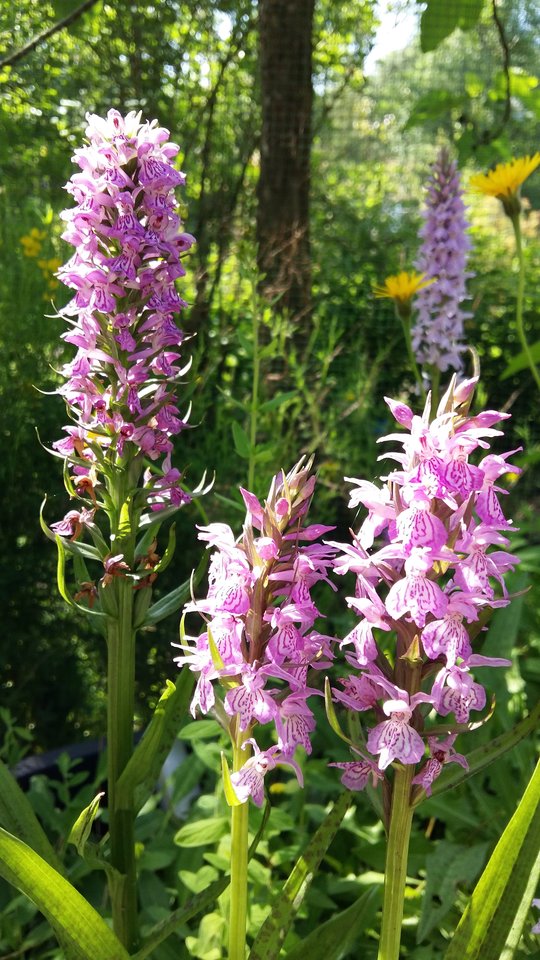
Endangered ‘Red List’ plants
Walk back along the wide path towards the greenhouses and enter the cage construction on your left. The plants you see here are threatened with extinction or rapidly deteriorating in the Netherlands and therefore included in the so-called "Red List" of endangered species. In this cage they are protected from birds and other animals. Now continue along the wide path towards the back of the greenhouses.